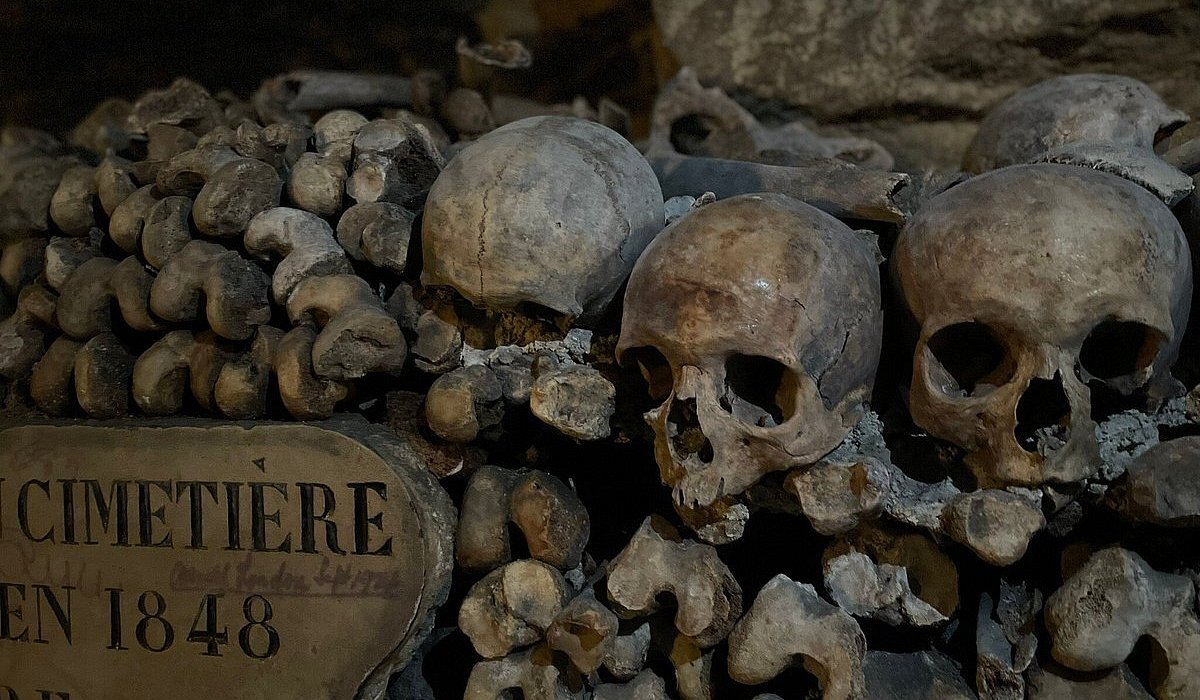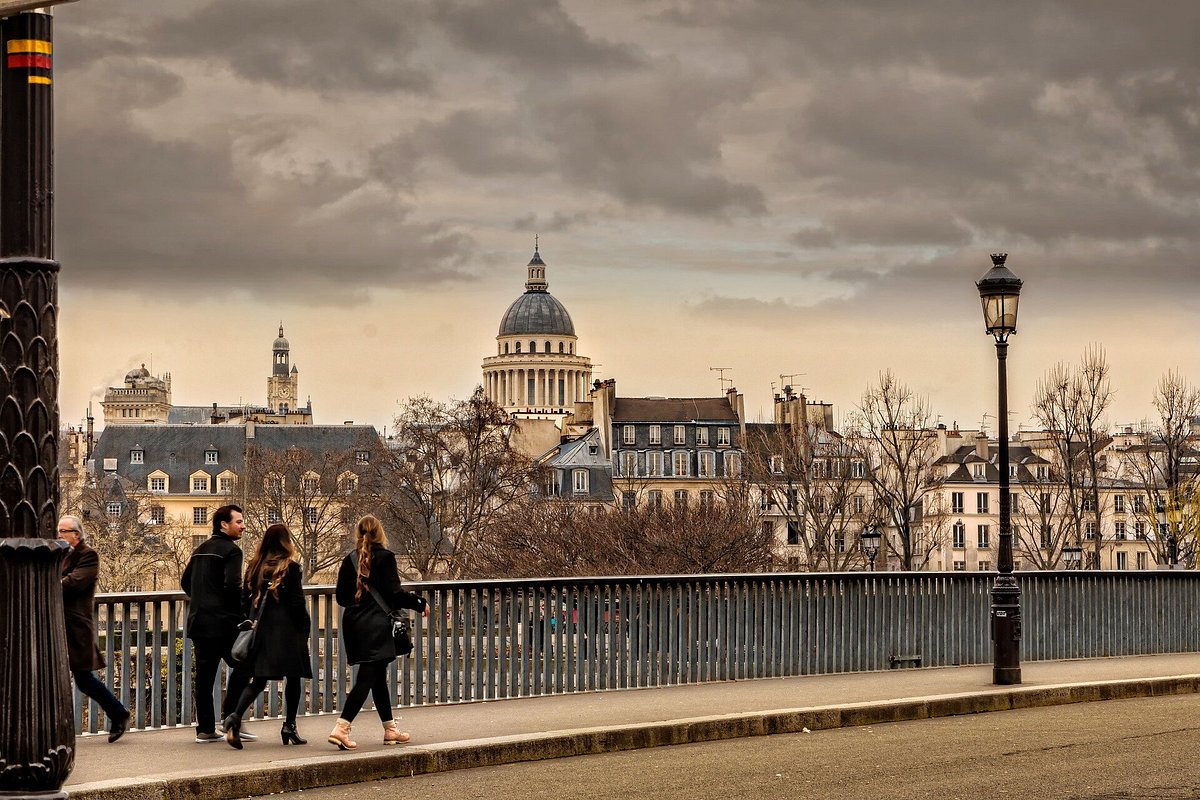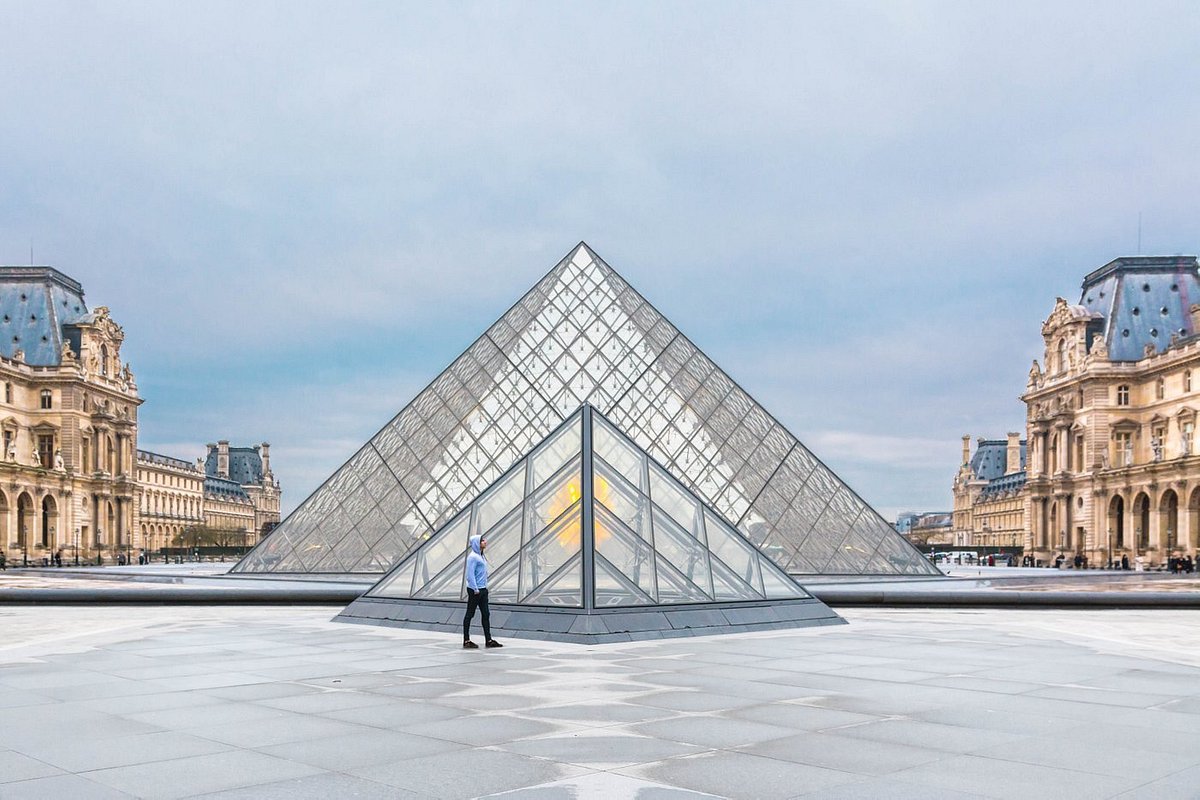Everything to know about the catacombs in Paris
Here's how to visit the city's macabre underground attraction


Paris is a multi-faceted city known for its historical monuments, inspiring art and museums, and romantic landscape. But unknown to many visitors, there’s a darker side to Paris underneath its bright and bustling cityscape: The hidden world of the Catacombs of Paris.
There are a number of reasons to head underground: Less crowds, cooler temperatures, and, of course, a look at the city's buried history told through thousands of ancient bones.
Here's how to explore the labyrinth of tunnels for a deeper exploration of Paris.
What are the Catacombs of Paris?
The history of the catacombs began in the 18th century when Paris was beset with major public health problems. The city was growing, the cemeteries were filling up fast, and overflowing graveyards were causing sanitary issues for the surrounding neighborhoods. Paris authorities had to relieve congestion and improve the city’s public health conditions. They found a quick solution in the former Tombe-Issoire quarries, a network of tunnels built during Roman times.
In 1785, the evacuations of graves around Paris started and bones were moved into the tunnels. On April 7, 1786, the underground site was consecrated as the “Paris Municipal Ossuary”—a place for the storage of human remains. Since then, the site has been called the “Catacombs,” a reference to the underground burial sites with passageways built by the ancient Romans.
How to visit the Paris Catacombs
The entrance to the Paris Catacombs is located at 1, Avenue du Colonel Henri Rol-Tanguy (Place Denfert-Rochereau), near Montparnasse. You can take the Metro to the Denfert-Rochereau station, then it's a short walk to the entrance. The one-mile underground circuit is one way and you’ll exit from another opening that’s about a 10-minute walk from the entrance.
The site is open Tuesday to Sunday from 9:45 a.m. to 8:30 p.m. (the ticket window closes at 7:30 p.m.). The number of visitors is limited to 200 and the lines are usually extensive. To avoid getting stuck in a long line, buy a timed entry ticket on the website in advance, or arrive right at opening or after 6 p.m.
Audio guides are available for rent for a self-guided tour. For a more in-depth visit, join a private skip-the-line Paris Catacombs tour with a knowledgeable guide and gain special access to restricted areas.
Need to know: The Catacombs of Paris

It took 12 years to move 6 million bodies
It took over 12 long years to relocate the remains of 6 million bodies to their final resting place in the catacombs. The first relocations started at the largest cemetery in Paris, the Cimetiere des Innocents, now defunct. The process of transferring the bones was labor-intensive, involving diggers, cleaners, drivers, horses, torchbearers, and even priests. The tasks had to be done secretly at night to avoid upsetting the local communities.
Only a small section of the catacombs is open to the public
The labyrinth of underground tunnels is massive and spreads over 150 miles below Paris. In 1809, a section of the catacombs was opened to the public, who could access it by appointment. The site generated such great curiosity and interest amongst locals and foreigners that the visiting slots were filled up quickly. Today, visitors can only access about one mile of the tunnels, usually via guided tours of the Paris Catacombs. When locals use the term “catacombs,” they are usually referring to the larger network of tunnels.
Be prepared for lots of steps
The catacombs are buried deep underground and the depth of the tunnels is roughly the height of a five-story building. To visit, you’ll have to walk 131 steps down to the tunnels and climb 112 steps to exit. At the entrance, you’ll see the infamous warning: Arrête, c'est ici l'empire de la mort! (“Stop! This is the empire of death!”).
The bones are artfully organized

Initially, the catacombs were a cavernous storage space where the bones were piled haphazardly. The current galleries of skulls and femurs are the results of the revamp of the catacombs in the early 19th century led by Louis-Étienne Héricart de Thury, director of the Paris Mine Inspection Service, before it was opened to the public. The bones were artfully organized and displayed in the underground museum. He redesigned the chambers with decorations from outdoor cemeteries and installed stunning structures like arches and columns. Signs, captions, and even educational cabinets about minerals of the limestone quarries and bone pathology were added to enhance the visitors’ experience.
The catacombs are filled with artworks and sculptures

Other than the remains of the dead, the catacombs are home to fascinating artworks and sculptures created underground over the years. One artist who contributed impressive sculptures was Francois Décure, a quarry worker and former soldier. He carved intricate designs of buildings and scenes out of the limestone walls. It’s believed that many other sculptures and mosaics in the tunnels were made by sculpture students who used the soft rock to practice their craft.
Farmers once grew mushrooms here
It may be difficult to believe that the tunnels of the catacombs were once used to grow Paris button mushrooms or Champignons de Paris. According to local stories, in the 19th century, the Napoleonic soldiers discovered that horse manure combined with the cave’s dark and damp environment provided the perfect conditions for growing mushrooms. Farmers moved to the abandoned quarries to cultivate mushrooms. Some even believed that these mushrooms had special flavors due to the infusion of minerals from the limestones.
Secret meetings, and parties, were held in the catacombs
The clandestine nature of the catacombs meant that the tunnels were used for secret activities throughout its history. During World War II, the French Resistance retreated underground and had meetings here to plan their attacks against the Germans. There were also rumors that pointed to King Charles X’s having secret parties in the tunnels.
A secret society explores its hidden passageways
Even though it’s illegal to access parts of the catacombs other than the site open to visitors, there’s a group of urban explorers called “cataphiles” who navigate the tunnels secretly. This tight-knit community ventures into the passageways through hidden entrances and claim that they help to map out and preserve the network of tunnels.
Tips for visiting the Paris Catacombs

- Bring a small bag; large bags aren’t allowed and there are no lockers at the site.
- Wear comfortable shoes, you’ll be going up and down steps and through narrow passageways where some sections are uneven or even slippery.
- Bring a light jacket as the underground temperature is about 57°F.
- The site is not recommended for those with claustrophobia, respiratory or cardiac conditions, or accessibility requirements. Children under 14 years should be accompanied by an adult.
- You can take photos using flash, but be mindful not to disturb other visitors. Camera tripods aren’t allowed.
- Remember not to touch the works, bones, and surroundings. Bag checks will be done at the exit so don’t take anything out of the site.
Recommended tours and activities
More like this:








